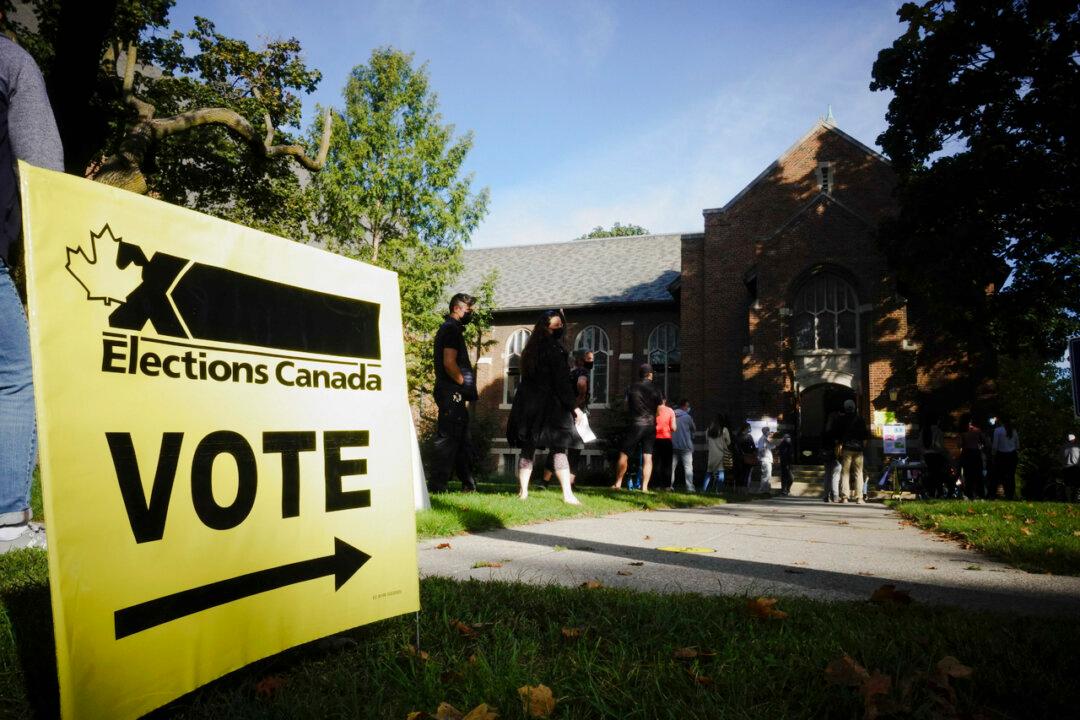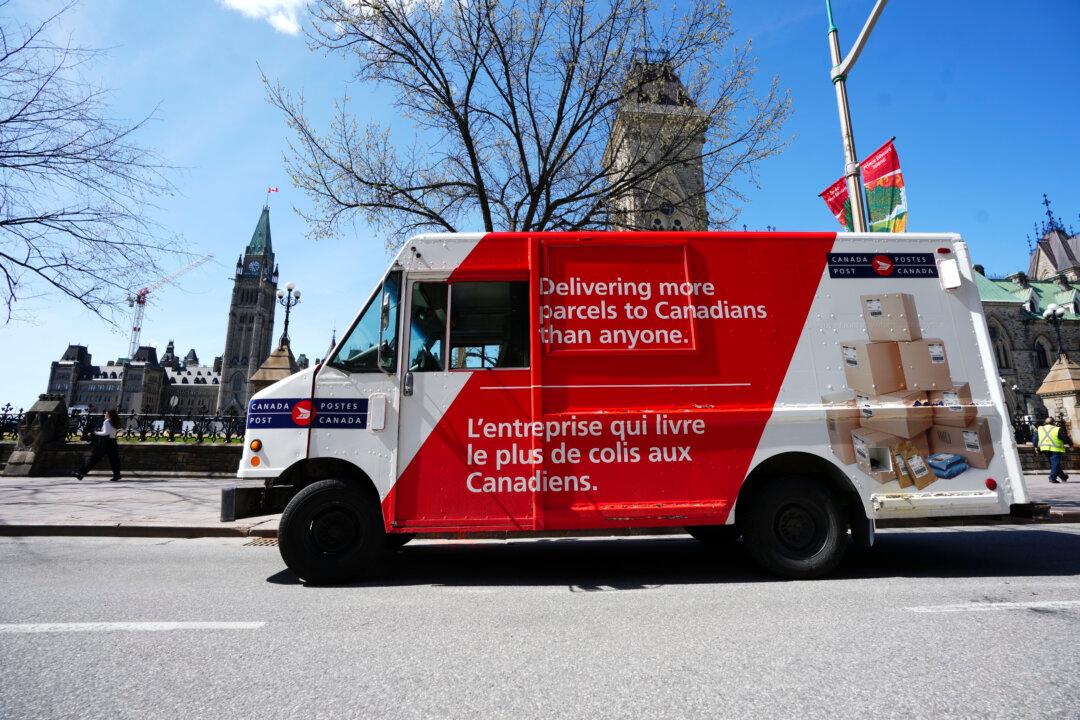Commentary
The vast majority of Canada’s neighbourhoods and communities have historically been regarded as safe and secure. Recent violent events in several cities have caused some Canadians to wonder if that vivid lustre has finally worn off.
Gabriel Magalhaes was fatally
stabbed at the Keele Street subway station in Toronto on March 25. The 16-year-old had reportedly been out that evening with some friends, and was waiting to go home. Toronto Police have said this senseless attack was completely unprovoked.
This is part of a growing trend of unsafe conditions on Toronto’s public transit system. A TTC
report released in February revealed there were 1,068 violent incidents against passengers in 2022, including 245 in November and December alone. That’s up an eye-raising 46 percent from the previous year.
Within 24 hours, another violent attack occurred in a different Canadian city.
Paul Stanley Schmidt was fatally
stabbed at a Starbucks location in Vancouver. According to eyewitnesses, he had
asked a man to stop vaping near his toddler daughter before the attack. (His wife was with them, too.) The assailant and victim reportedly didn’t know each other, and neither man had a significant criminal history.
This is part of a growing trend of unsafe conditions in Vancouver’s downtown core. Lorraine Lowe, executive director of the Dr. Sun Yat-Sen Garden Society of Vancouver (who also knows Schmidt’s fiancée’s cousin),
told CBC that crime has been “rampant” in that part of the city. “At first it was Chinatown, now I’m seeing it happening in Gastown, I’m seeing it happening in other areas downtown. We need to make a change.”
The after-effects of these two violent attacks are still reverberating in both cities.
Toronto radio host John Moore
tweeted on April 4 that “someone took a swing at me” at the College subway station. Fortunately, he
didn’t get hit. Toronto Sun columnist Joe Warmington
wrote about the copycat incident and pointed out, “Who knows what could have happened if he had actually struck Moore? Who knows if he had a knife? There have been [so] many stabbings and violent attacks resulting in major injuries or death on the TTC in recent months it’s not a stretch.”
In contrast, Vancouver started the process of
clearing out the downtown tent encampment on East Hastings Street. City officials had politely asked the squatters to leave for the past nine months without any success. Vancouver authorities had had their fill and cleaned things up for safety reasons. While it doesn’t solve the problem right off the bat, it’s a step in the right direction.
There are several other factors that have made Canadian cities less safe and secure.
Crime rates have escalated in Canada during the COVID-19 pandemic. A Nov. 21, 2022, Statistics Canada report
noted that 788 homicides were reported to police in 2021. That’s an increase of 29 homicides from 2020, and the “third consecutive increase since 2019.” The national homicide rate also went up by 3 percent to 2.06 homicides per 100,000 population, “the highest rate since 2005.”
The two provinces that largely caused the spike in the national homicide rate? Ontario (277 homicides, +37) and B.C. (125 homicides, +25).
Homelessness and poverty are also on the rise. As Statistics Canada
pointed out in a Mar. 14, 2022, report, “almost 3% of people who make housing decisions for their household have experienced unsheltered homelessness, while about 15% have experienced hidden homelessness.” The steady stream of ideas and strategies to tackle homelessness and poverty in Canada have accomplished next to nothing, it seems.
Many Canadians have always had a level of concern when they walked their city streets and took public transportation at night. That’s completely normal, and it’s nothing compared to what our American friends deal with on a regular basis. Nevertheless, a much higher level of concern (and, in some cases, outright fear or heightened levels of danger) with late-night strolls and modes of transportation now exists that didn’t before.
Things aren’t what they used to be in Canada’s major cities. This unfortunate trend could easily trickle down to our towns, villages, and hamlets in short order.
Hence, Canada’s politicians and political candidates have to stop talking about this issue and take immediate action.
The Toronto mayoral by-election can serve as a springboard in this regard. Federal and provincial governments need to pay close attention to what the mayoral candidates of different political stripes are proposing. They can then use this discussion to implement important initiatives such as hiring more police officers, tough-on-crime policies, establishing neighbourhood watch patrols, and championing longer jail sentences for violent offenders.
Otherwise, Canadian cities, neighbourhoods, and communities will be safe and secure no more.
Views expressed in this article are opinions of the author and do not necessarily reflect the views of The Epoch Times.





